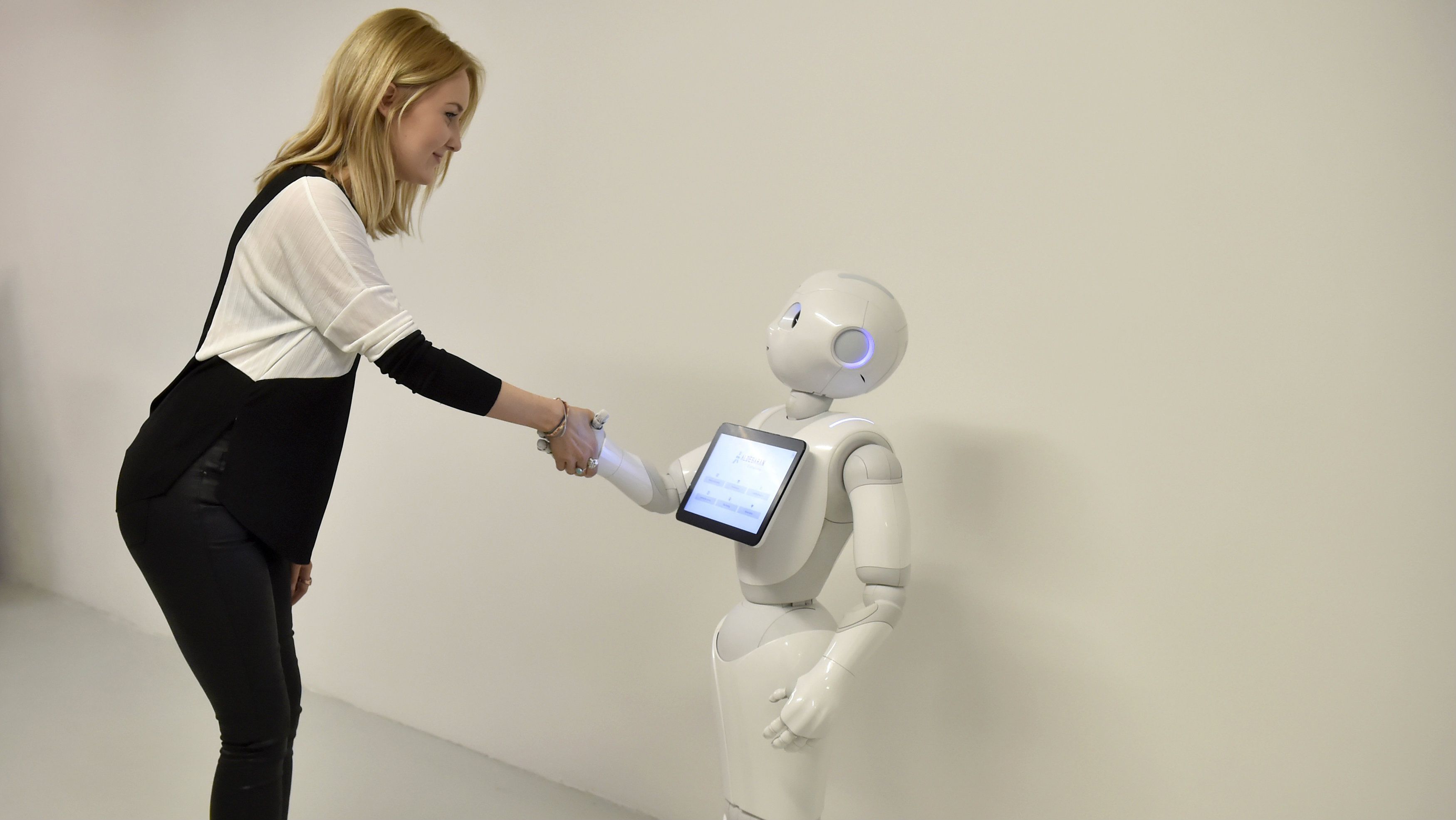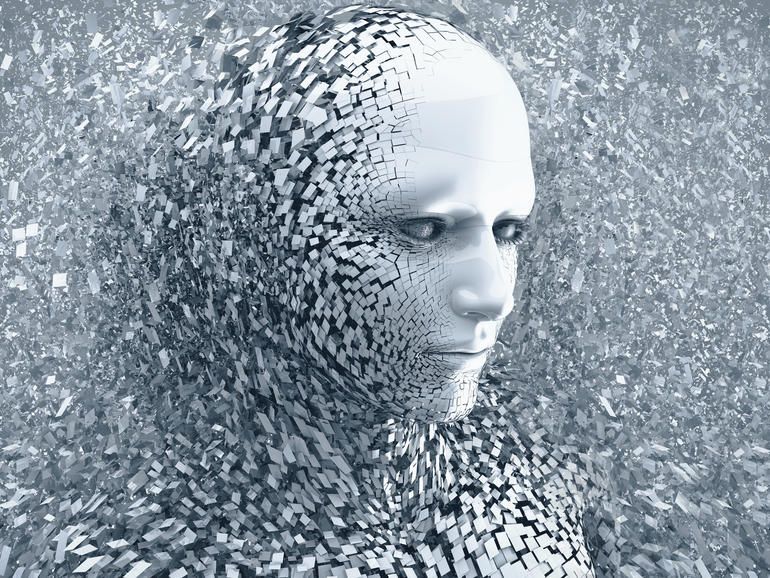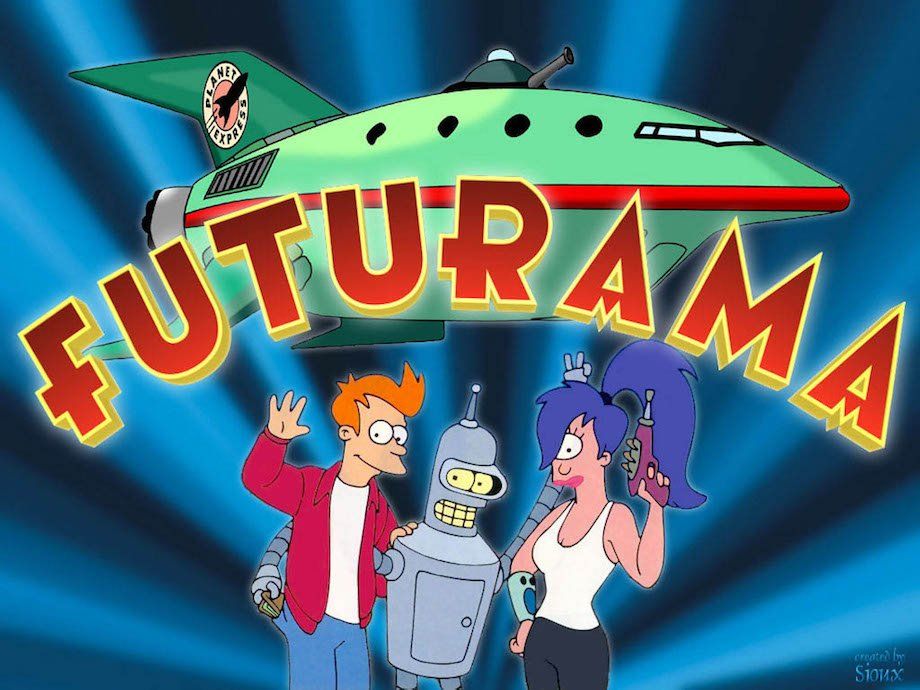It seems the dark web is now making it easier for disgruntled employees to take their revenge to the next level, we learn from the KrebsOnSecurity article, “Rise of Darknet Stokes Fear of the Insider.” The article cites Gartner analyst Avivah Litan; she reports a steep increase in calls from clients concerned about vindictive employees, current or former, who might expose sensitive information on the dark web. Not surprisingly, companies with a lot of intellectual property at stake are already working with law-enforcement or private security firms to guard against the threat.
How, exactly, is the dark web making worker retaliation easier than ever before? Writer Brian Krebs explains:
Noam Jolles, a senior intelligence expert at Diskin Advanced Technologies, studies darknet communities. I interviewed her last year in ‘Bidding for Breaches,’ a story about a secretive darknet forum called Enigma where members could be hired to launch targeted phishing attacks at companies. Some Enigma members routinely solicited bids regarding names of people at targeted corporations that could serve as insiders, as well as lists of people who might be susceptible to being recruited or extorted.








